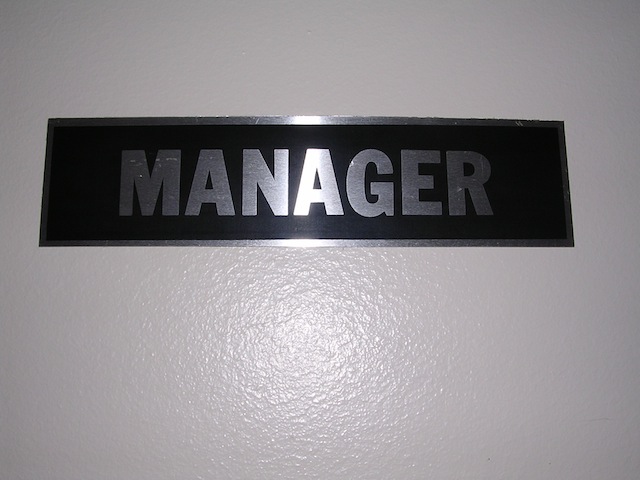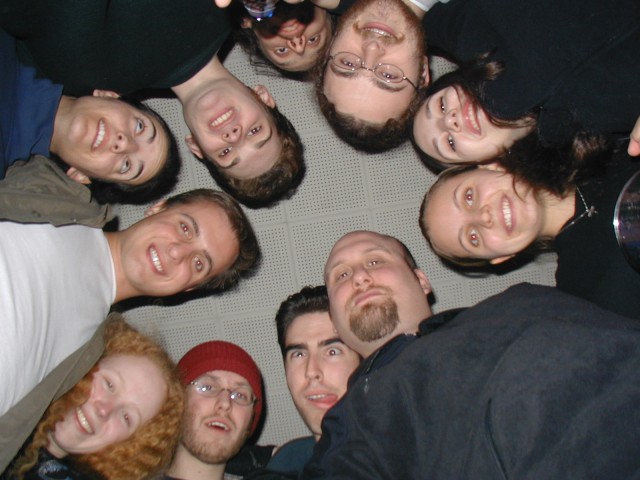Does it really matter what stock market a company lists on? In my interview with Nuix CEO, Eddie Sheehy for the Australian Financial Review, the question arose about where the company will list for its expected IPO next year.
Sheehy’s response was clear, “I suspect we’d get just as good a float out of Australia now as we would anywhere else. In fact better, because I think our shareholders are better known, respected and trusted, there’s nothing that I’ve seen in London or Nasdaq that makes me believe we’d get a better outing.”
Until recently most tech startups aspired to listing on the US NASDAQ exchange and the reasons were compelling as the bourse has a strong technology focus meaning deeper pools of funds, more liquidity along with a community of investors and analysts who had a strong understanding of technology stocks.
The case for other exchanges
Now other exchanges are making their case for tech companies listing with them. The London Stock Exchange making a strong argument for prospective IPOs. Singapore, Sydney and many others have similar pitches for the business.
The problem in those exchanges is the lack of depth in the marketplace. Having a small selection of tech companies listed means limited focus from investors and analysts, it also risks having one or two successful companies dominating the index, as has happened with Xero’s listing on the New Zealand Exchange.
Xero also illustrates another problem with a listing on an exchange not familiar with the peculiarities of tech stocks at the company’s Sydney AGM a few weeks ago where an investor asked ‘when are you guys going to make a profit?’
Rod Drury, Xero’s CEO, was able to deflect the question but it showed how companies listed on exchanges where the the high growth, low yield model of tech startups are unusual. On the Australian exchange, this problem is exacerbated by the investor base being dominated by big, dumb institutions.
Changing perspectives
Nuix, among Xero and a host of other tech companies, are slowly changing the perspectives of those investors but the focus on yield and safety from both retail and institutional investors will remain an obstacle for ventures launching in more conservative jurisdictions.
Other factors are the stability, legal and taxation consideration of those jurisdictions. If stockholders are facing barriers realising their investors or the the domicile puts companies at a disadvantage then that country’s stock market won’t be preferred.
Ultimately though a company’s listing is about access to capital and liquidity. If companies like Xero and Nuix can get both at a reasonable cost by listing on the Australian, Singaporean or London markets, then that’s a choice for their boards.
It’s hard though to see the NASDAQ being knocked off its perch for moment, although it the US tech bubble does pop things may change.
Similar posts:




